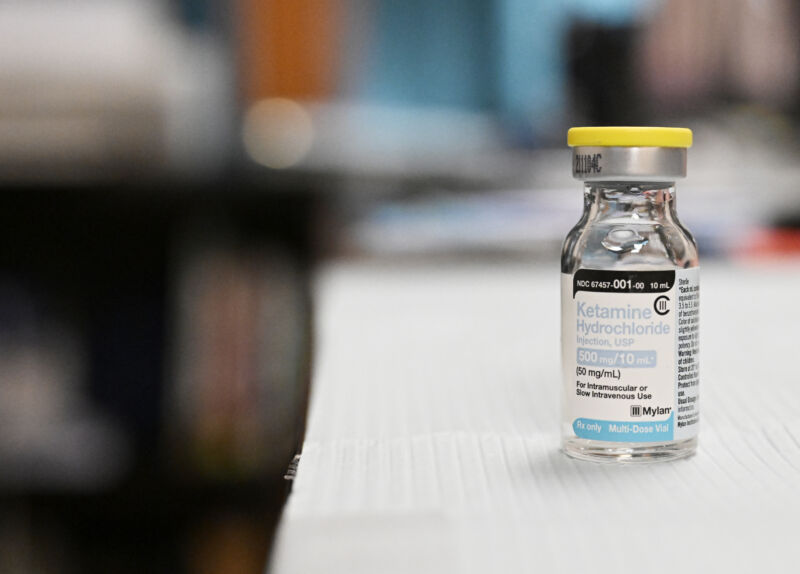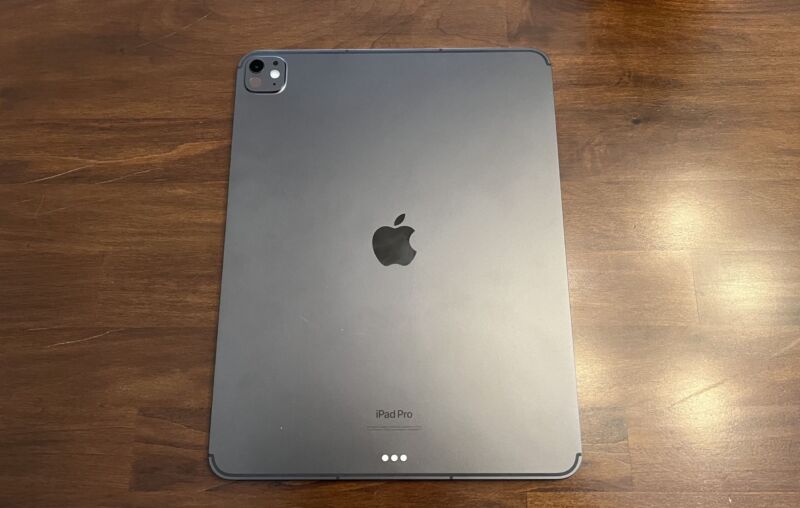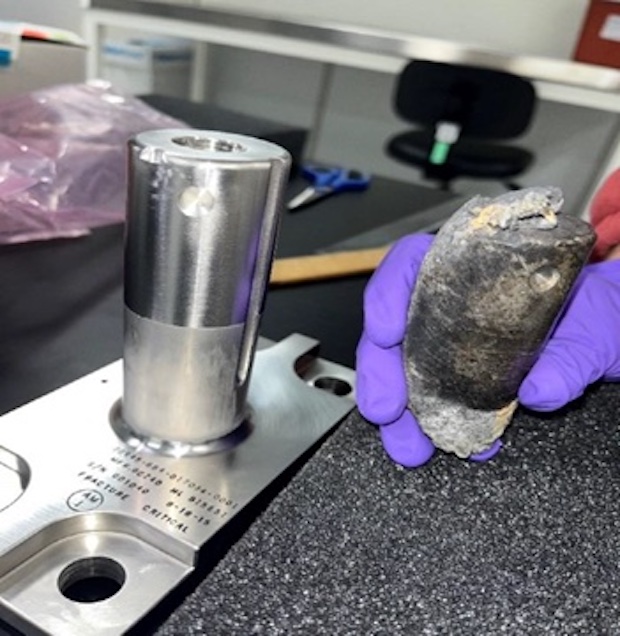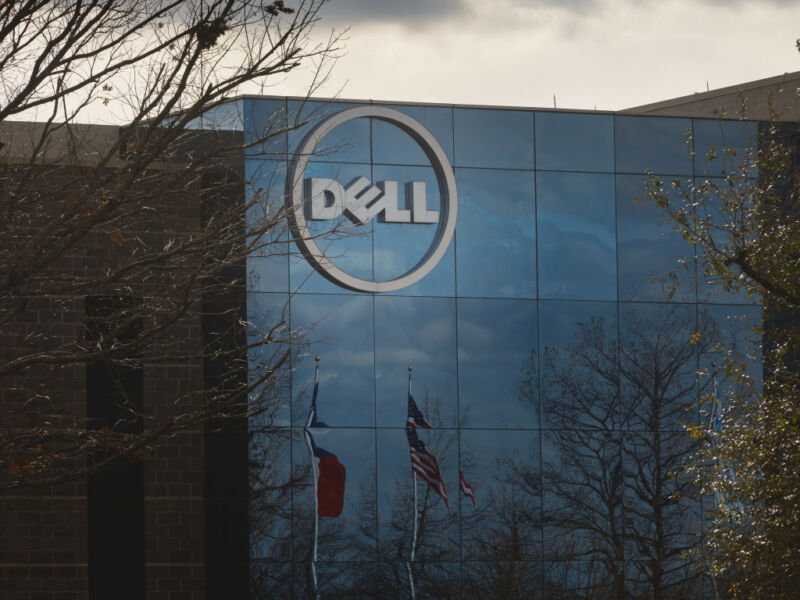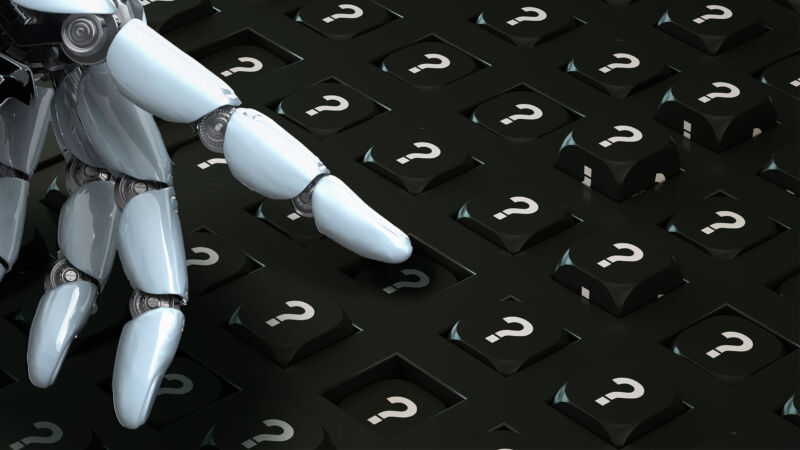Star Wars behind the scenes: Creating the unique aesthetic of The Acolyte

Enlarge / A mysterious assassin is targeting Jedi masters in The Acolyte. (credit: Disney+)
The Star Wars franchise is creeping up on the 50-year mark for the original 1977 film that started it all, and Disney+ has successfully kept things fresh with its line of live-action Star Wars spinoff series. The Mandalorian and Andor were both unquestionably popular and critical successes, while The Book of Boba Fett ultimately proved disappointing, focusing less on our favorite bounty hunter and more on setting up the third season of The Mandalorian. Obi-Wan Kenobi and Ahsoka fell somewhere in between, bolstered by strong performances from its leads but often criticized for sluggish pacing.
It's unclear where the latest addition to the TV franchise, The Acolyte, will ultimately fall, but the first five episodes aired thus far bode well for its place in the growing canon. The series eschews the usual Star Wars space-battle fare for a quieter, space Western detective story—who is killing the great Jedi masters of the galaxy?—with highly choreographed fight scenes that draw heavily from the martial arts. And like its predecessors, The Acolyte is recognizably Star Wars. Yet it also boasts a unique aesthetic style that is very much its own.
(Spoilers below for episodes 1 through 5 of The Acolyte.)


